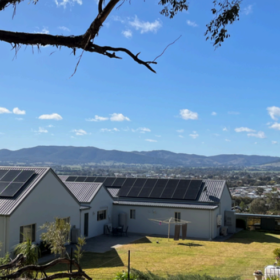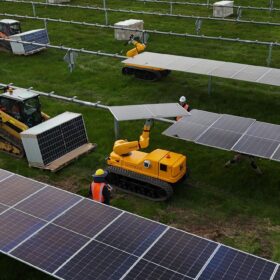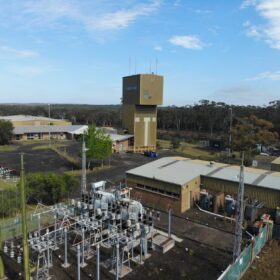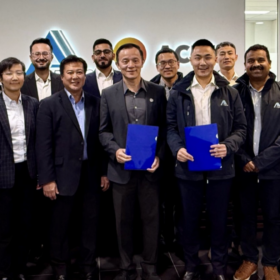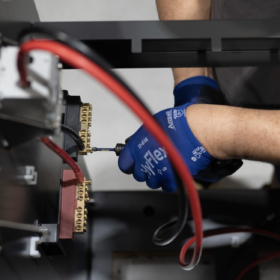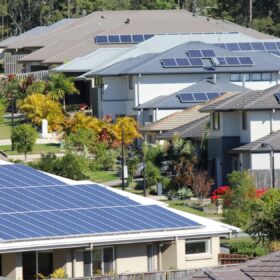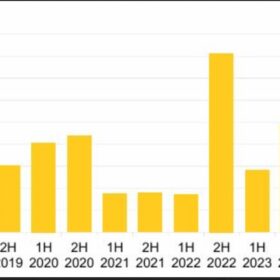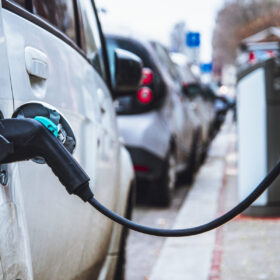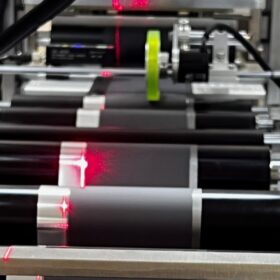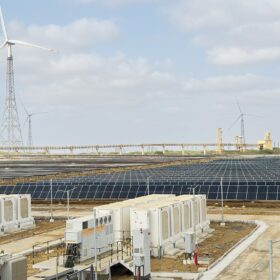Australia breaks record with 5.2 GW solar installations in 2024: IEA report
An International Energy Agency survey of solar power applications in Australia shows 5.2 GW of installations in 2024 were achieved and the total capacity of solar at 40 GW, includes 26.1 GW of distributed systems and 13.4 GW of centralised installations.
Autonomous robot module installation trial fast tracks Victorian solar farm
The installation of almost 500,000 solar panels at Victorian solar farm will be completed this week, thanks in part to a collaboration with US robotics company Luminous, which has trialled its autonomous fleet at the site, during the construction phase.
Gravitational energy storage trials set for decommissioned coal mine in Australia
Australian energy storage company Green Gravity and mining business Wollongong Resources have signed an agreement to deploy gravitational energy storage trials at a decommissioned coal mine.
ACEnergy signs 3 GWh battery supply deal with CATL
Australian renewable energy developer ACEnergy has tapped China’s Contemporary Amperex Technology Co. Ltd. (CATL) to supply 3 GWh of battery energy storage systems (BESS) in Australia.
Australia launches fund to expand battery manufacturing
The Australian Renewable Energy Agency has launched a AUD 500 million ($324 million) initiative aimed at supercharging Australia’s battery manufacturing industry and seizing opportunities associated with the global renewable energy transition.
Tindo presents new 475 W full-black residential solar panel
Tindo Solar, Australia’s lone producer of PV modules, has officially released a new generation of TOPCon N-type solar panels, including an all-black version featuring an output of 475 W and conversion efficiency of 21.9%.
Survey shows cost and complexity key barriers to rooftop solar uptake in Australia
Cost, complexity and confidence gaps are the main barriers to the uptake of rooftop solar in Australia according to new federal government research.
Australia faces slowdown as investment in solar and wind falls 64% in 2025
Investment in new large-scale solar and wind in Australia fell by 64% year on year in the first half of 2025 as grid bottlenecks, slow planning approvals, higher costs, and social licensing issues took a heavy toll.
Advancing circular solutions for EV battery waste in Asia and the Pacific
The Asia-Pacific region is becoming a showcase for regional solutions. As electric vehicles rapidly gain traction, the region must confront a dual challenge: managing the environmental and health risks of end-of-life EV batteries, while actively pursuing the economic and technological opportunities of a circular economy.
Li-S achieves Australian first with lithium metal foils
Li-S Energy has produced Australia’s first lithium metal foils at its cell production facility in Victoria, a milestone the company says supports its broader mission to commercialise high-performance lithium-sulfur and lithium metal batteries.
